Tucked within the cool, verdant expanses of the Hottentots Holland Mountains lies one of South Africa’s greatest treasures: a wine region that’s cool in more ways that one. Surrounded by mountains on all four sides, the Elgin Valley is infamous for its low temperatures, which allow grapes to ripen steadily on the vine without fear of running out of water. The end product? High quality Chardonnay, Sauvignon Blanc and Pinot Noir, among new varietals starting to call the region home.
So how come you haven’t heard of it? Blame apples.
For centuries, apples reigned in Elgin’s 7,000 hectares and the region was making a tidy profit off of keeping the doctors away, producing 60% of the national apple crop. The man behind that was, ironically, a doctor himself. Sir Antonie Viljoen found himself under house arrest in Elgin, located 40 miles southeast of Cape Town, during the Boer War. To occupy himself, he planted the first commercial orchard and sparked an industry that would help sustain the valley for the years to come. In 1990, however, the golden crop faltered and concerned farmers ventured into a terrain in which a few winemakers had already been dabbling for a decade: grapes.
At first, the growers weren’t exactly sure what to do with the wine. Elgin’s landscape is notoriously diverse: elevations range between 820 feet to 1300 feet and soil choices include gravel, sandstone, clay and shale. Ubiquitous cloud cover extended how long it took the fruit to ripen, and breezes from the nearby South Atlantic Ocean keep temperatures low. No one was confident about what grapes would thrive, but still planted Sauvignon Blanc.
The gamble paid off, and the grapes flourished just as well as their predecessors. The slower growing season and the cool climate make it best suited for aromatic wines as the longer time on the vine leads to greater depth and complexity. Reds fared just as well despite early uncertainty and earthy, terroir-driven Pinot Noirs have thrived. Chardonnay, that perennial favorite, has also found success in the hilly area, with bottles boasting fruity notes (including, of course, apples) with underlining tinges of oak and minerals.
Observing the success, growers are now experimenting with a laundry list of other varietals, including Shiraz, Cabernet Sauvignon, Merlot, Riesling, Gewürztraminer and Petit Verdot.
This all suggests a story with a happy ending. Unfortunately, a resurgence in apple popularity has threatened grape production. Already, vineyards are being ripped down to make room for their competitors, and of the 1,000 hectares grapes held a few years ago, only 800 remain. Still, there’s good news. As drinkers start to realize the wine’s potential, bottles are going for outrageously high prices. Recently, certain Chardonnay’s have been going for 2400 Rand, or about $180 USD, an unparalleled price for the area. Rather than discourage buyers, growers believe this will lend bottles some much-deserved status and allow other labels to sell for more and generate more incentive to keep the grapes around.
The battle between apples and grapes continues to rage: one promising profit, the other prestige. As a girl who loves fruit, but particularly of the fermented and in-a-glass variety, I can only join the legions of other winos who hope that Elgin continues to get the wine recognition it deserves before orchards reclaim the region.

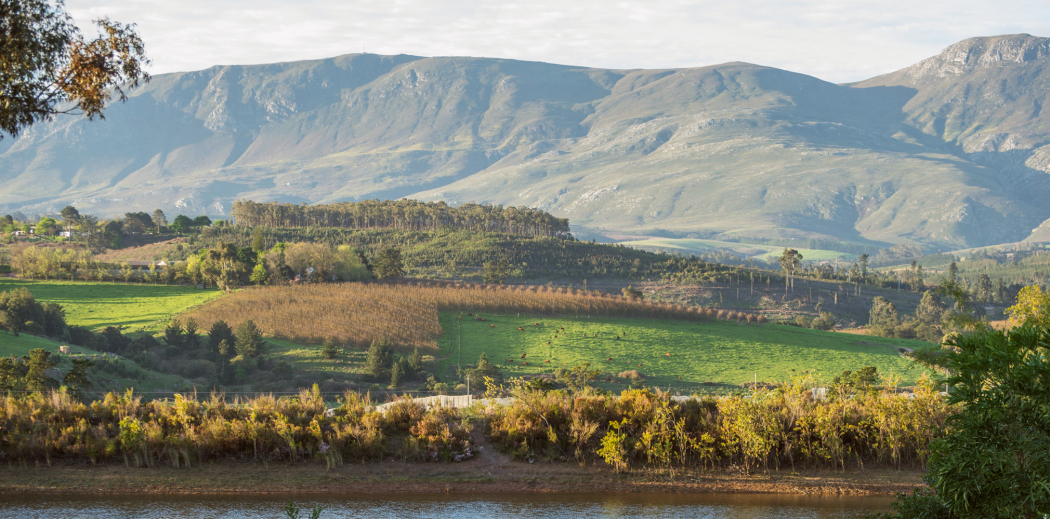
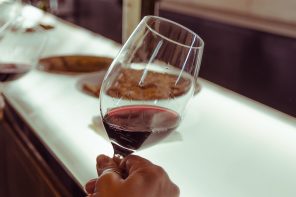
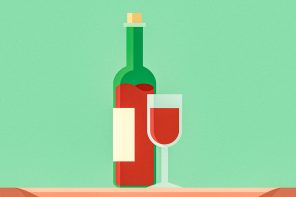
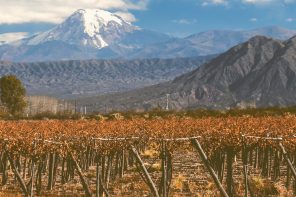
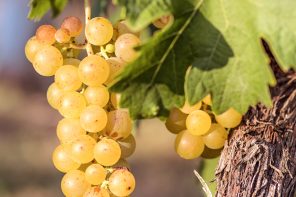
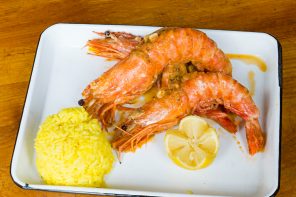
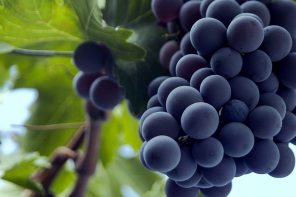
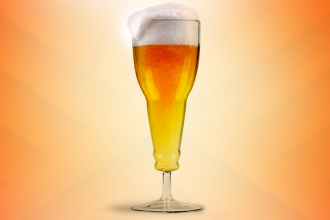
I’m hooked! Totally enjoy every email I get from Wine Awesomeness. Love the Back Label articles…well
honestly love all of it. I read it all…of coarse with a glass of wine in hand. Kudos to all of you, Great Site!!!